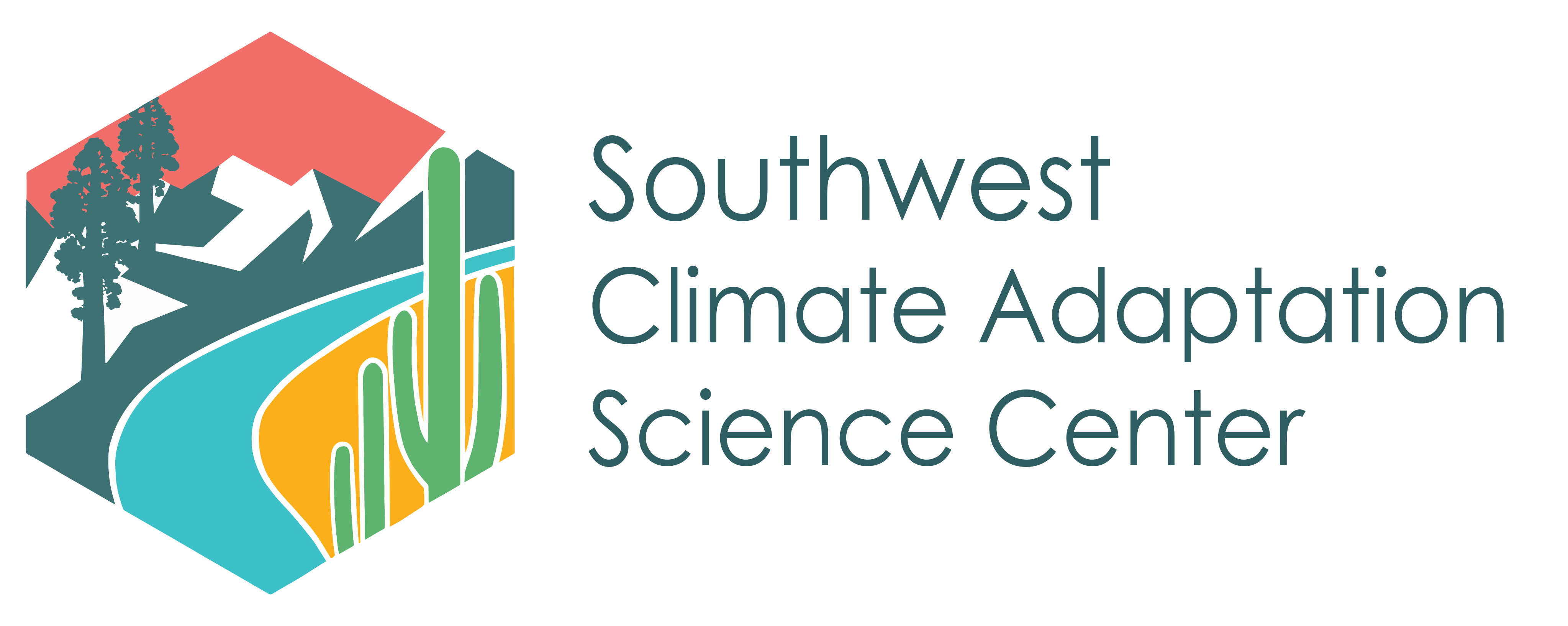Tribal Resources
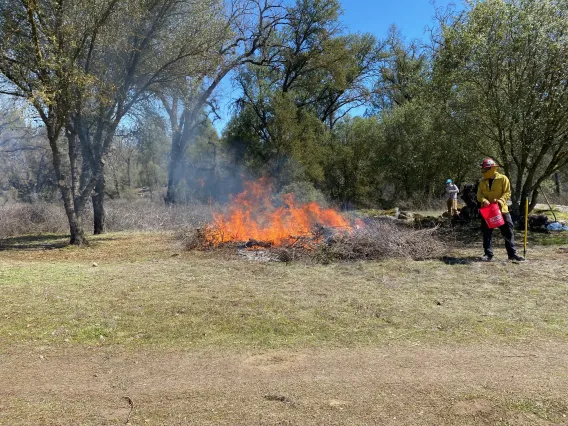
SW CASC Traditional Burning
For more information about SW CASC's Traditional Burning initiatives, click the link below.
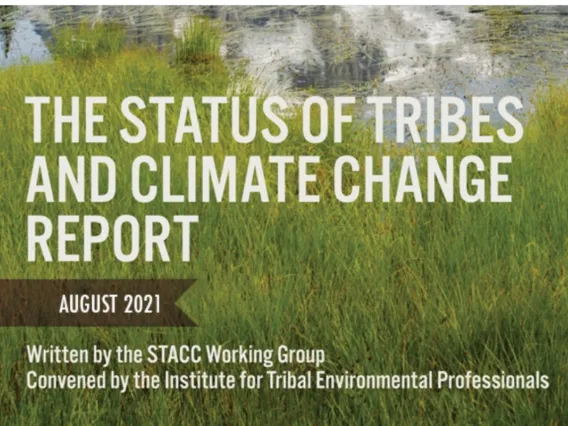
Guides and Reports
Tribal lands are not resistant to climate change and require projections, reports, and guidelines to combat future changes.
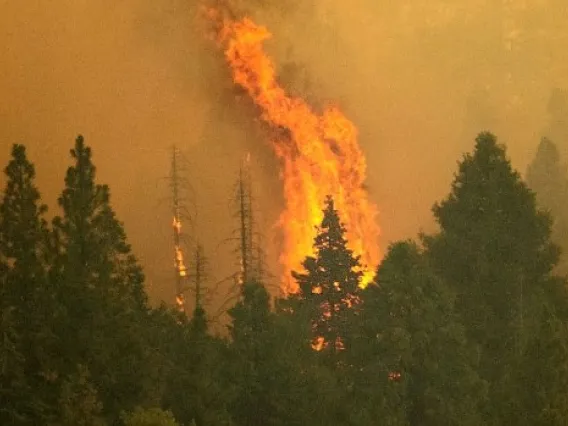
No-Cost Technical Assistance
We have collected a list of external resources that relate to everything Tribal and Climate Change!
Tools
![CAKEx Tool [Tribal]](/sites/default/files/styles/az_card_image/public/2022-06/cakeX.jpg.webp?itok=ChN_KZq6)
CAKEx
CAKEx vets and organizes available information on climate change, hosts an interactive online platform to build an innovative community, hosts a directory of practitioners, and explains data tools and information available from other sites.
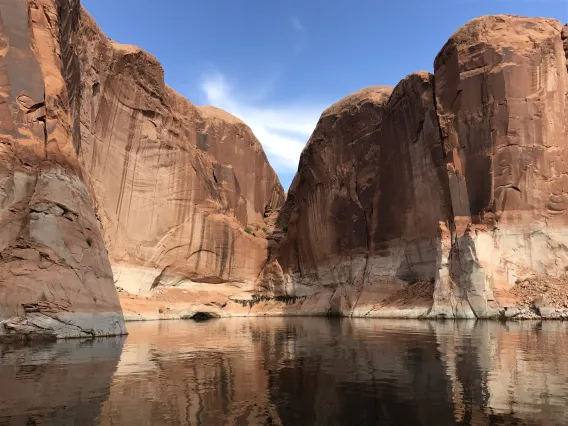
Bureau of Indian Affairs Tribal Resilience Resource Guide
This guide was developed through the White House Council on Native American Affairs.
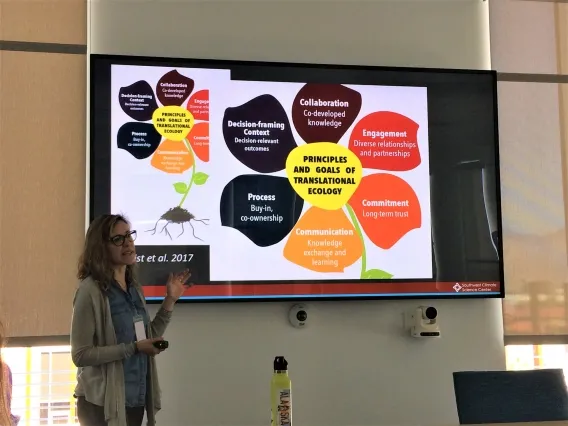
Tribal Climate Tool
This tool was designed to be used by tribes in the Pacific Northwest and the Great Basin. It provides maps, graphs, tables, and descriptions of projected changes due to climate change.
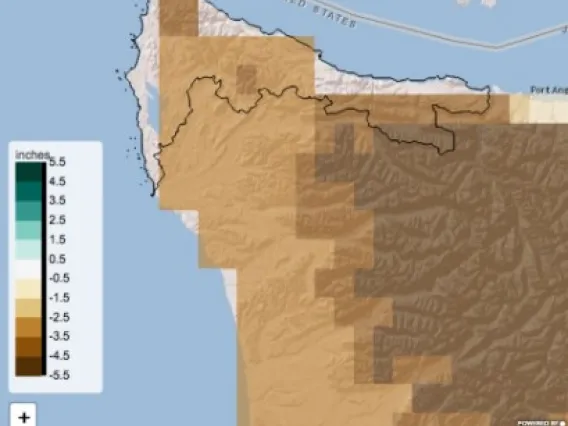
NW CASC Tribal Climate Tool
This tool allows the user to explore, visualize, and download climate change predictions and summaries.
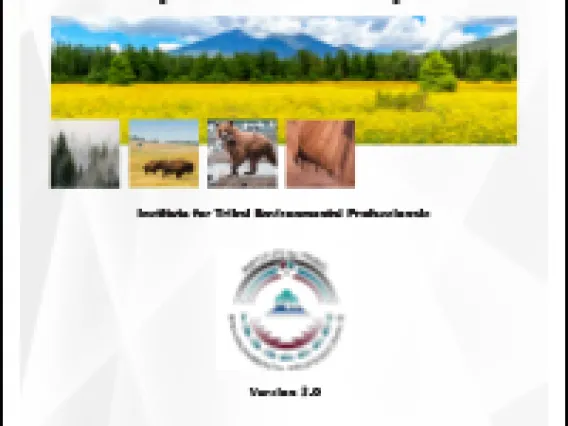
Institute on Taxation and Economic Policy Adaptation Planning Toolkit
This toolkit was put together by the Institute for Tribal Environmental Professionals (ITEP) to assist tribes in creating climate adaptation plans. The templates and other resources in this toolkit are meant to be used and modified to fit the needs of individual tribes.

Climate Engine
This tool allows users to visualize, interact with, and analyze climate and earth observations at relevant scales.
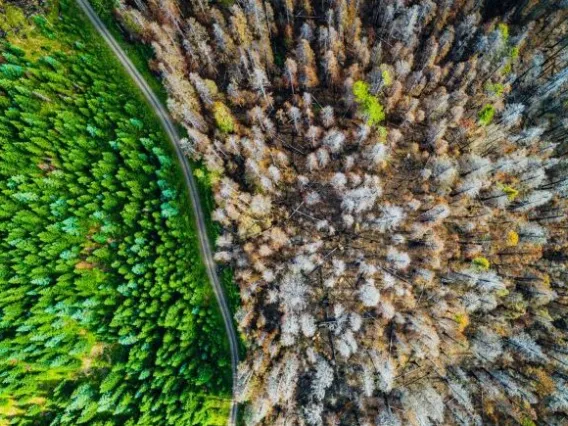
Tribal Adaptation Planning Toolkit
This toolkit is a collection of templates and other resources developed by the Institute for Tribal Environmental Professionals (ITEP) to assist tribes in their climate change adaptation planning process.
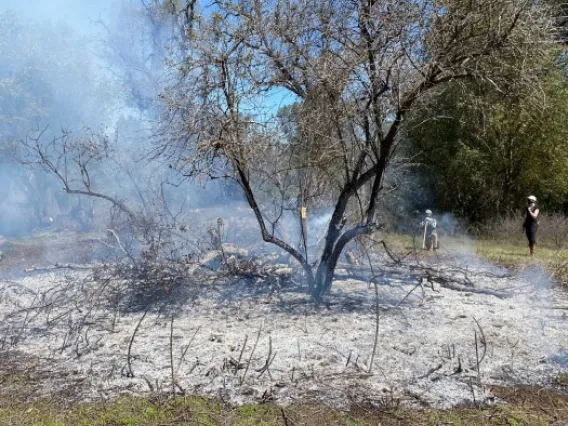
Tribal Vulnerability Assessment Resources
The University of Washington has put together a carefully curated list of resources to assist tribes with climate adaptation planning. This list contains resources for tribes at every stage of planning.
| Title | Description | Geography | Website |
|---|---|---|---|
| Adaptation Clearinghouse |
Online database/networking site for policymakers, resources managers, academics and others working to help communities adapt to climate change. |
National | Link |
| Adaptation Workbook Process |
Climate change tool offering a structured process to consider the potential effects of climate change and design land management and conservation actions that can help prepare for changing conditions. |
National | Link |
| After Fire: Toolkit for the Southwest |
Resource for those interested in understanding methods available to assess potential risks associated with post-fire events and other aspects of fire planning. |
Southwest | Link |
| AgRisk Viewer |
Web platform providing producers and decision makers with crop insurance loss data from the USDA Risk Management Agency, data spans from county to national scale on a monthly to multi-year timestep. |
National | Link |
| Climate Engine Research Application | Provides access to a variety of geospatial datasets that track vegetation, snow, and water across the planet, as well as climate datasets that track temperature, precipitation and winds. | Global | Link |
| Climate Mapping for Resilience and Adaptation (CMRA) |
Integrates information from across the federal government to help people consider their local exposure to climate-related hazards and develop equitable climate resilience plans. |
National | Link |
| Climate Resolve Grant Writing Assistance Program | California | Link | |
| Collaborative Conservation and Adaptation Strategy Toolbox (CCAST) |
Enhances collaborative conservation efforts at watershed and landscape scales by facilitating issue-based, not geography-based, peer-to-peer knowledge sharing. |
Southwest US & Northern Mexico | Link |
| Colorado River Science Wiki |
Clearinghouse for scientific and technical information relevant to the Colorado River Basin and the management of its water resources and related natural resources |
Southwest | Link |
| Community Collaborative Rain, Hail, and Snow (CoCoRaHS) Network |
Grassroots volunteer network of backyard weather observers working together to measure and map precipitation in their local communities. |
US & Canada | Link |
| Connectivity and Climate Change Toolkit |
Provides state fish and wildlife agency planners and managers with information, tools, and resources critical to understanding and developing climate adaptation strategies related to landscape connectivity. |
National | Link |
|
Data Basin |
Science-based mapping and analysis platform that supports learning, research and sustainable environmental stewardship. |
Global | Link |
| Drought.gov New Map Feature for Tribal Nations |
NOAA's National Integrated Drought Information System (NIDIS) is pleased to announce a new map customization feature for Tribal Nations. Developed in collaboration with NOAA's National Centers for Environmental Information (NCEI), this feature allows users to display reservation boundaries on any map on Drought.gov. |
National | Link |
|
Grass-cast: Grassland Productivity Forecast |
Provides a broad view of grassland productivity across the Great Plains and Southwest region |
Great Plains, Southwest | Link |
|
HUD's Office of Native American Programs (ONAP) |
Provides resources intended to enable Indian Tribes to design, develop, and operate their own affordable housing programs and develop economic opportunities based on local needs and customs -- including addressing climate change. |
National | Link |
|
Land Potential Knowledge System |
Set of tools designed for identifying soil and land types, monitoring soil health and vegetation, and tracking management plans |
Global | Link |
|
Multivariate Adaptive Constructed Analogs (MACA) Visualization Tools |
MACA method is a statistical downscaling method for removing biases from global climate model output - includes visualization and data download tools |
National | Link |
|
Ready-to-Fund Resilience Toolkit |
Toolkit developed for local government practitioners working on climate resilience offering guidance on "how" to design more fundable projects |
National | Link |
|
Regional Resilience Toolkit - US EPA |
5 step toolkit (1. Engage, 2. Assess, 3. Act, 4. Fund, 5. Measure) that aims to build large scale resilience to natural disasters across multiple jurisdictions and levels of government |
National | Link |
|
Resist-Accept-Direct (RAD) Framework |
Offers natural resource managers a set of management options when responding to ecosystems facing the potential for rapid, irreversible ecological change |
National | Link |
|
Sierra Nevada Climate Refugia |
Framework for moving toward operationalizing climate change refugia conservation at an ecoregional scale in the Sierra Nevada |
California | Link |
|
Status of Tribes and Climate Change Report |
Uplifts and honors the voices of Indigenous peoples across the U.S. to increase understanding of Tribal lifeways, cultures, and worldviews, the climate change impacts Tribes are experiencing, the solutions they are implementing, and ways that all of us can support Tribes in adapting to our changing world. This report was convened by the Institute for Tribal Environmental Professionals (ITEP) Tribes and Climate Change Program and written by the STACC Working Group. |
National | Link |
|
Tools for the Beef Industry (TOBI) |
A library of decision support tools for beef cattle production and management |
National | Link |
|
Tribal Climate Adaptation Guidebook |
Provides a framework for climate change adaptation planning that explicitly recognizes the distinct circumstances of Tribal governments, culture, and knowledge systems |
National | Link |
|
Tribal Climate Change Adaptation Planning Toolkit |
Collection of templates and other resources developed by the Institute for Tribal Environmental Professionals (ITEP) to assist Tribes in their climate change adaptation planning process |
National | Link |
|
UA Indigenous Resilience Center (IRes) |
Supports Indigenous resilience research, education and outreach to help Indigenous communities to meet environmental and societal challenges |
Southwest | Link |
|
Water Scarcity Atlas |
Shared insights of scientific findings of water scarcity to a broader public and private sector |
Global | Link |
Cynthia Naha and Anissa McKenna work for the Southwest CASC and American Indian Higher Education Consortium (AIHEC) as Tribal Climate Resilience Liaisons. They work across the SW CASC region of California, Nevada, Utah, and Arizona to connect 159 Federally Recognized Tribal Nations to tools, information, and other climate resilience resources. Contact Cynthia at cnaha@aihec.org and Anissa at amckenna@aihec.org.

